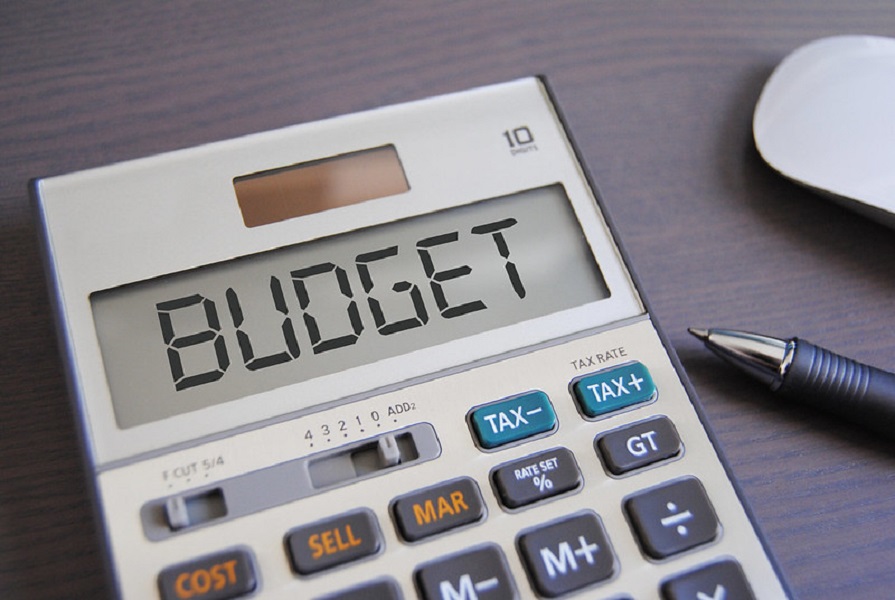 Having a budget plan is an important part of managing your personal finances effectively. Every time there is a significant change in your financial situation, your budget plan should be updated to reflect the change to ensure the plan continues working for you. I have experienced several significant changes in my household finances over the past few years, and every time, I have had to update my budget plan to ensure all of my financial obligations were paid and I was still able to save for the future.
Having a budget plan is an important part of managing your personal finances effectively. Every time there is a significant change in your financial situation, your budget plan should be updated to reflect the change to ensure the plan continues working for you. I have experienced several significant changes in my household finances over the past few years, and every time, I have had to update my budget plan to ensure all of my financial obligations were paid and I was still able to save for the future.
Fortunately, there are some simple steps you can take to update or create a budget plan. It doesn’t take much time and the return on your time investment can be enormous. Here are six steps you can follow to create a budget plan that works for you.
Step 1 – Figure Out How Much Money You’re Bringing In
If you want to create a budget plan that is effective, you need to know how much money you are bringing in so you can figure out how much you can spend. While many households only have one or two incomes to review, some households have other sources of income that should be included, such as alimony, child support, investment income, and income from side hustles. Adding all of your income sources together gives you a place to start creating a budget plan from.
Step 2 – Figure Out How Much Money You’re Spending
Everyone’s spending habits are different, which makes it difficult to recommend a set amount you should be spending for different aspects of your life. In many cases, you might not realize how much you are spending to maintain your current lifestyle until you start to create a budget plan. Begin by calculating your monthly bills and regular expenses, like groceries and gas. Then, track your daily spending for a while to see when and where you tend to spend the most. If carrying a pen and notebook are not your thing, there are plenty of budgeting apps available that will track your spending for you and show you how much you are spending on different things.
Step 3 – Make a List of Short Term and Long Term Financial Goals
Setting financial goals gives you a visible incentive to stick to your budget plan. Think about what you want to achieve and what it will take to get there. For some people, this may mean paying down credit card debt or student loans. For others, it may mean saving for a down payment on a house or taking a vacation to an exotic place. The goals you set can be anything you want, as long as they are realistic and achievable with financial discipline.
Step 4 – Create a Budget Plan
Once you know how much money you are bringing home, how much you are spending monthly, and what your financial goals are, it is time to create a budget plan that will help you achieve your goals. Subtract the amount of your fixed expenses from your income amount to see how much money you’ll have left for discretionary spending. Your discretionary spending should then be broken down into various categories, like groceries, entertainment, and saving. Setting spending limits for each of these categories reduces the chances that you will overspend and hurt your ability to save for the future.
Step 5 – Make Spending Adjustments
Just because you have a budgeted amount for a category doesn’t mean that you have to spend that much each month. Remember, every dollar saved is another dollar you will have for the future. Take opportunities to cut spending where you can, like making coffee at home instead of buying one on the way to work or using coupons and store deals to save on groceries. To save even more, consider shopping around for lower insurance rates or rolling your credit card debt into a credit card or personal loan with a lower interest rate. Saving opportunities are all around you, so take advantage of them.
Step 6 – Don’t Be Afraid To Update Your Budget Plan
Financial situations can change quickly and when that happens, your budget plan may not be sufficient for your new situation. Even if your financial situation remains the same, you should review your budget plan regularly to ensure that it is working as it should. If you find that you are regularly spending more than budgeted in a specific area, your choices are to change your budget to reflect the higher expense, which will take money from other categories, or find a way to reduce that spending to stay within your budgeted amount. I tend to review my budget plan around tax season, since I already have most of my financial information in front of me.
When you create a budget plan, it allows you to see at a glance where your money is going and how you can save more of it. Over time, it will become easier and easier to stick to your budget as the new spending habits you’ve adopted become routine.
Do you have any budgeting tips to share with us? Tell us in the comments below!
How to Budget So You Can Send Your Child to a Private School
6 Tips for a Budget-Friendly First-Floor Home Remodel
4 Bad Spending Habits You Need to Break Today
How to Unclip a Coupon on Amazon

Toi Williams began her writing career in 2003 as a copywriter and editor and has authored hundreds of articles on numerous topics for a wide variety of companies. During her professional experience in the fields of Finance, Real Estate, and Law, she has obtained a broad understanding of these industries and brings this knowledge to her work as a writer.






